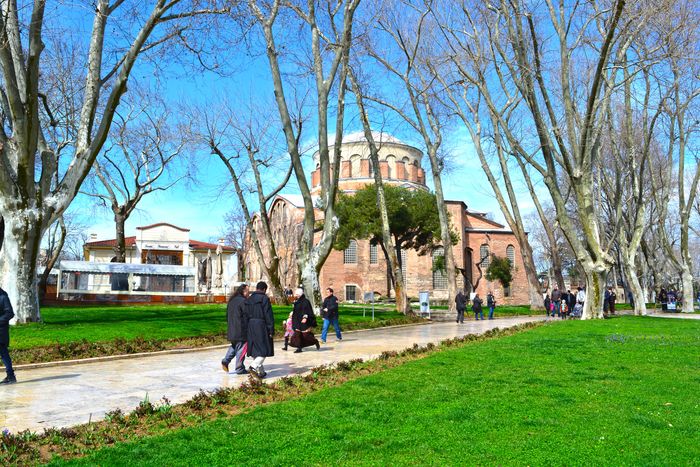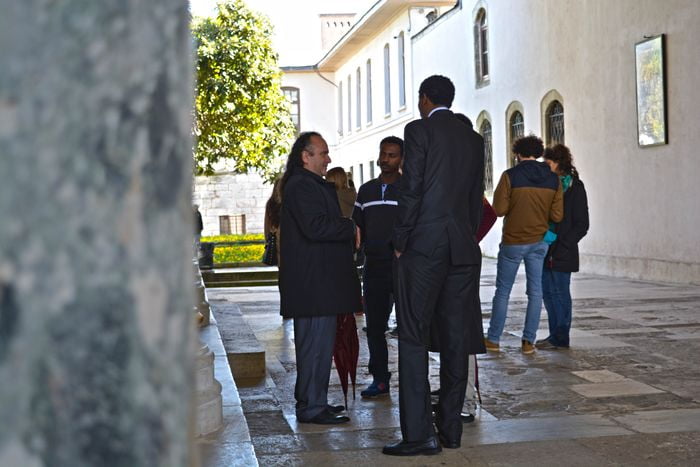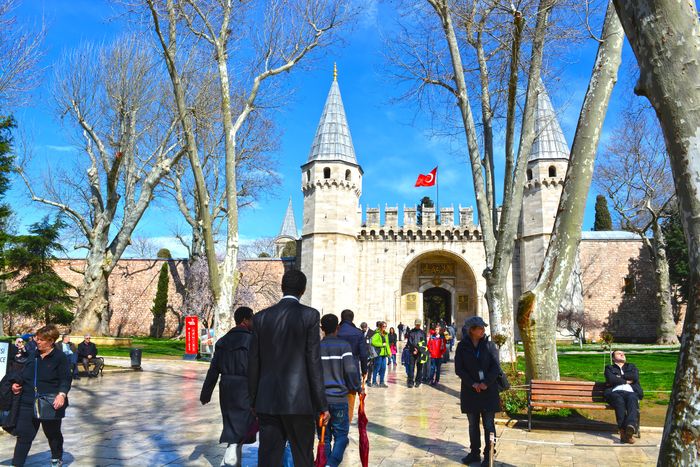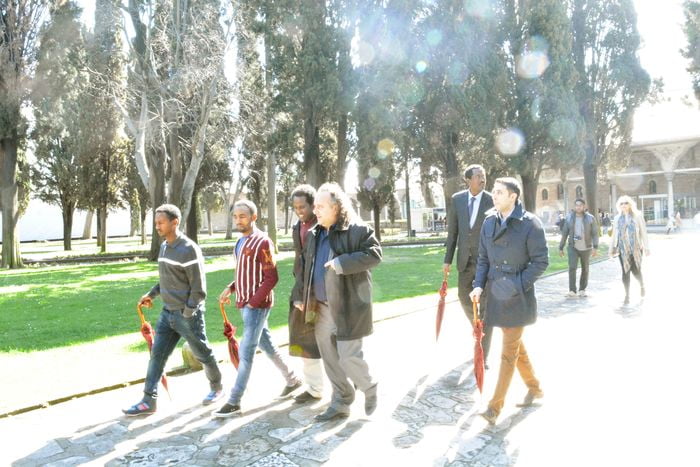Unraveling the Life of its Residents
Exploring Perge’s Residences:What kind of houses did the people of Perge, who crafted these beautiful structures and works of art, inhabit?
Prof. Dr. Haluk Abbasoglu:In...
Perge’s Hidden History
Insights from Prof. Dr. Haluk Abbasoglu
Q: Commencement of Perge Excavations:
Q: When and how did the excavations start in Perge?
Prof. Dr. Haluk Abbasoglu:Perge excavations commenced...
Charting the Path of Perge’s Development through History
Charting the Path of Perge’s Development through History
Q: How has Perge evolved over time?
Prof. Dr. Haluk Abbasoglu:Perge has been a settlement since ancient times....
Apologia of St John Damascene Against those who Decry Holy Images Part 77
We believe …life of the world to come. Amen.
We detest and anathematize Arius and all the sharers of his absurd opinion; also Macedonius and...
Apologia of St John Damascene Against those who Decry Holy Images Part 62
Saint Athanasius against the Arians.–Book III.
The Son being of the same substance as the Father, He can justly say that He has what the...
Apologia of St John Damascene Against those who Decry Holy Images Part 78
For by so much more frequently as they are seen in artistic representation, by so much more readily are men lifted up to the...
Apologia of St John Damascene Against those who Decry Holy Images Part 63
St Cyril of Jerusalem, twelfth Instruction.
If you seek the cause of Christ’s presence, go back to the first chapter of Scripture. God made the...
Apologia of St John Damascene Against those who Decry Holy Images Part 64
Jerome, Priest of Jerusalem, On The Holy Trinity.
As the Scripture nowhere enjoins you to worship the Cross, what makes you adore it? Tell us,...
Apologia of St John Damascene Against those who Decry Holy Images Part 65
St Athanasius of Mount Sinai on the New Sabbath, and on St Thomas the Apostle.
Those who saw Christ in the flesh looked upon Him...
Apologia of St John Damascene Against those who Decry Holy Images Part 66
Throwing myself on the ground, and worshipping that holy floor, I came out, and went to her who had promised to be my security....













